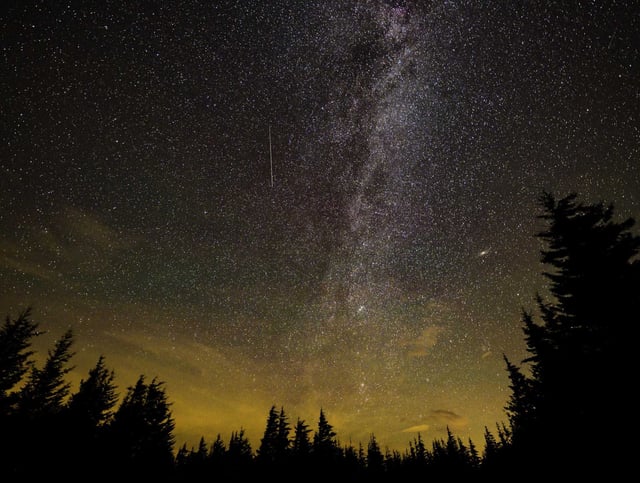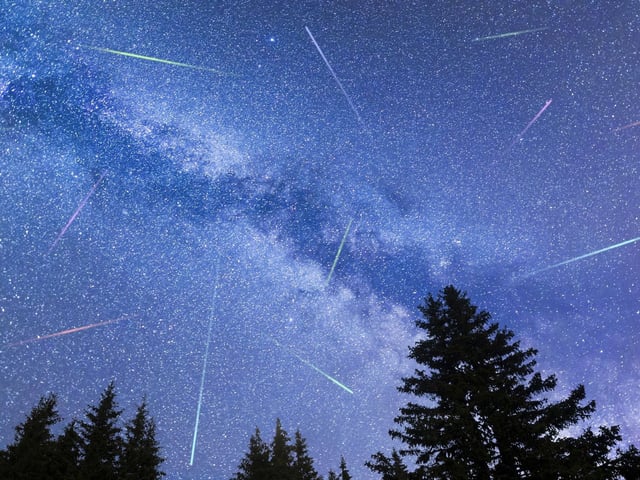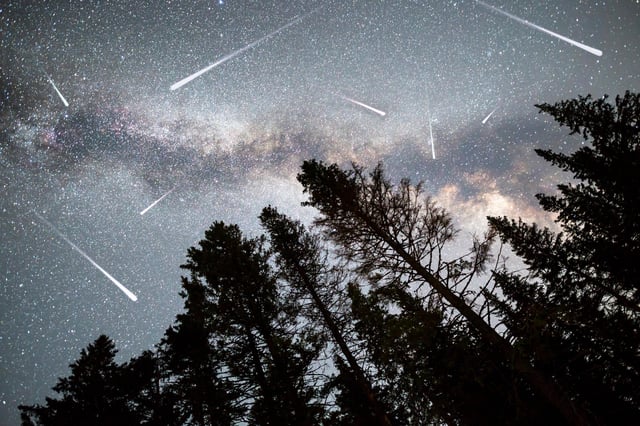Overview
- The Perseid meteor shower will reach its zenith on the night of August 12 into the early hours of August 13, marking its most prolific display of the year.
- A waning gibbous moon illuminating 84% of the lunar disk will wash out roughly 75% of meteors, reducing visible rates to 10 to 20 per hour.
- Skywatchers in dark, rural locations across the Northern Hemisphere can still catch swift Perseid streaks, occasional bright fireballs and longer-lasting earthgrazers.
- The meteors appear to radiate from a point near Eta Persei in the Perseus constellation, which rises in the northeastern sky before dawn.
- The shower remains active through August 23, and viewers can use smartphone astronomy apps or live online feeds to track the radiant and expert commentary.


